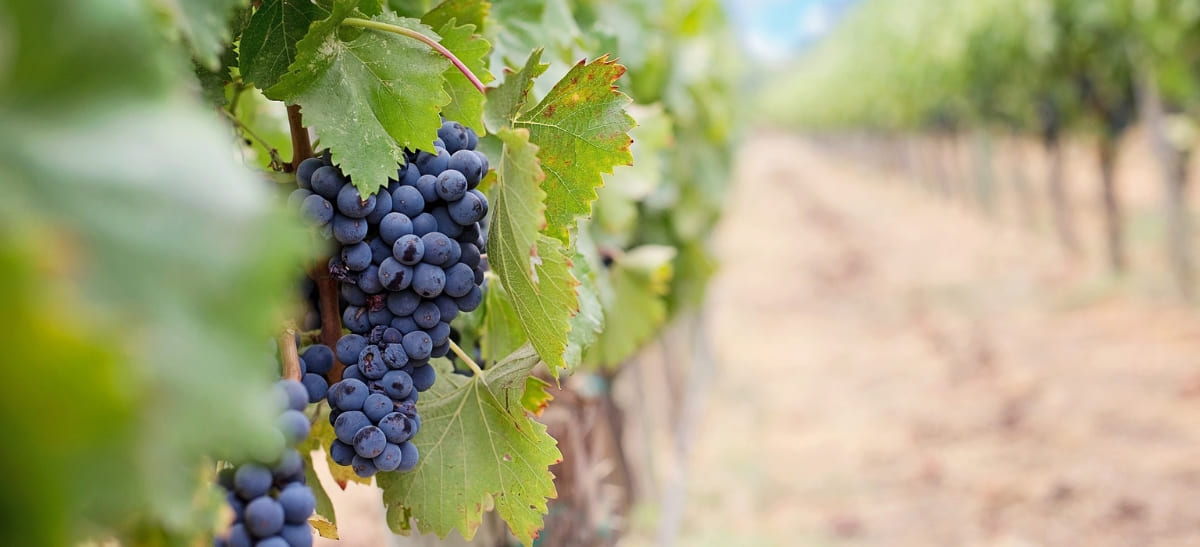The world of wine is incredibly diverse, with thousands of grape varietals contributing to a rich tapestry of flavors and styles. While popular varietals like cabernet sauvignon, chardonnay, and merlot dominate the market, many ancient and rare grapes are being revived by passionate winemakers. These forgotten grapes offer unique flavors and a deep connection to history, providing wine enthusiasts with a taste of the past. This blog post spotlights some of these rare and ancient grape varietals, discussing their unique characteristics and historical significance.
Assyrtiko (greece)
Overview: assyrtiko is an ancient white grape variety native to the island of santorini in greece. It has been grown in this volcanic soil for centuries, and its resilience to harsh conditions makes it a unique and valuable varietal.
Flavor profile: assyrtiko wines are known for their high acidity, minerality, and citrus flavors. They often exhibit notes of lemon, lime, green apple, and a distinctive saline quality that reflects the island’s volcanic terroir.
Historical significance: assyrtiko has been cultivated since ancient times, and its survival through greece’s tumultuous history is a testament to its durability and the dedication of local winemakers. It’s considered a cornerstone of greek viticulture and offers a direct link to the region’s winemaking heritage.
Revival efforts: modern greek winemakers are focusing on assyrtiko’s potential for high-quality wines, both as a varietal and in blends. The wine’s popularity is growing internationally, bringing global attention to this ancient grape.
Baga (portugal)
Overview: baga is a red grape variety primarily grown in the bairrada region of portugal. It has been cultivated since the 14th century and is known for producing robust, tannic wines.
Flavor profile: baga wines are deeply colored and full-bodied, with high tannins and acidity. They often display flavors of blackberries, plums, tobacco, and earthy undertones. With age, they develop complex notes of dried fruit, leather, and spice.
Historical significance: historically, baga was the backbone of bairrada wines, valued for its ability to produce long-lived and structured wines. Despite a decline in popularity, efforts to revive baga are bringing renewed appreciation for this ancient varietal.
Revival efforts: portuguese winemakers are embracing baga, focusing on refining vineyard practices and winemaking techniques to highlight its potential. Baga is gaining recognition for its ability to produce exceptional wines with a distinctive character.
(Xinomavro (greece)
Overview: xinomavro is a red grape variety from the northern regions of greece, particularly naoussa and amyndeon. It is often compared to nebbiolo for its tannic structure and aging potential.
Flavor profile: xinomavro wines are known for their high acidity and tannins, with flavors of red fruits, tomatoes, olives, and herbs. With age, they develop complex aromas of dried fruits, leather, and spices.
Historical significance: xinomavro has been grown in greece for centuries and is integral to the country’s winemaking history. Its name, which means “Acid black,” reflects its distinctive characteristics.
Revival efforts: greek winemakers are focusing on improving vineyard management and winemaking techniques to enhance xinomavro’s quality. The varietal is gaining international recognition for its unique profile and aging potential.
Mencia (spain)
Overview: mencia is a red grape variety grown primarily in the northwest regions of spain, such as bierzo and ribeira sacra. It was nearly forgotten until recent interest from winemakers revived its cultivation.
Flavor profile: mencia wines are aromatic and elegant, with flavors of red berries, flowers, herbs, and a distinct minerality. They can range from light and fruity to more structured and complex, depending on the winemaking approach.
Historical significance: mencia has been cultivated in spain since roman times but fell out of favor in the 20th century. Its revival is a testament to the dedication of spanish winemakers committed to preserving their viticultural heritage.
Revival efforts: modern winemakers are focusing on mencia’s potential for producing high-quality wines that reflect the unique terroir of northwestern spain. The varietal is gaining acclaim for its versatility and distinctive character.
Trousseau (france)
Overview: trousseau, also known as bastardo, is a red grape variety primarily grown in the jura region of france. It is known for producing light, aromatic wines with a unique flavor profile.
Flavor profile: trousseau wines are light to medium-bodied, with high acidity and moderate tannins. They offer flavors of red berries, spices, and earthy notes, often with a slightly smoky or leathery finish.
Historical significance: trousseau has been grown in the jura region for centuries and is an important component of the region’s winemaking tradition. Its decline in popularity threatened its existence, but recent interest has sparked a revival.
Revival efforts: winemakers in jura are rediscovering trousseau, focusing on its potential for producing distinctive, high-quality wines. The varietal is gaining attention for its unique character and versatility.
Zibibbo (italy)
Overview: zibibbo, also known as muscat of alexandria, is an ancient white grape variety grown primarily on the island of pantelleria in italy. It is one of the oldest grape varieties still in cultivation today.
Flavor profile: zibibbo wines are aromatic and sweet, with flavors of apricots, peaches, orange blossom, and honey. They often have a rich, luscious texture balanced by good acidity.
Historical significance: zibibbo has been cultivated since ancient times and is believed to have been brought to sicily by the phoenicians. It has been used to produce passito di pantelleria, a famous dessert wine, for centuries.
Revival efforts: winemakers on pantelleria are dedicated to preserving zibibbo and its traditional methods of production. The varietal is gaining recognition for its historical significance and unique flavor profile.
Conclusion
The revival of ancient and rare grape varietals is a testament to the dedication of winemakers committed to preserving viticultural heritage. These forgotten grapes offer unique flavors and a deep connection to history, providing wine enthusiasts with a taste of the past. Whether it’s the high-acid assyrtiko from greece, the robust baga from portugal, or the aromatic zibibbo from italy, these varietals enrich the world of wine with their diversity and historical significance. Cheers to rediscovering the ancient grapes that continue to shape the future of winemaking!








